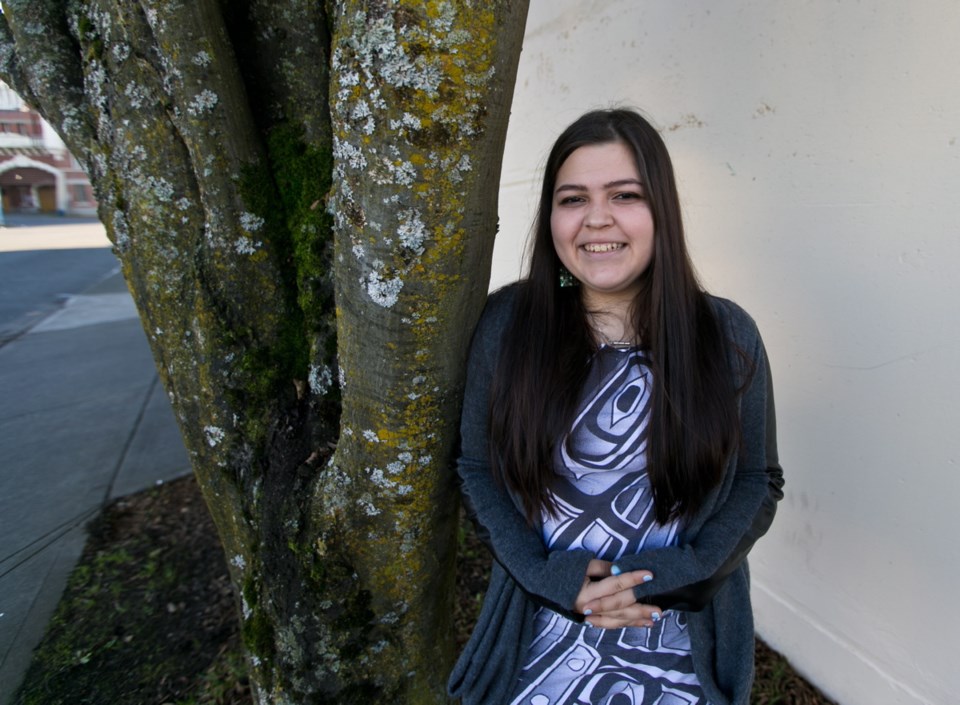The personal touch that can come with being a small jurisdiction has helped the five-school, 400-student Vancouver Island West school district show the greatest improvement in aboriginal completion rates in B.C. from 2012-13 to 2013-14.
The number of aboriginal students who completed high school in the Gold River-based district jumped almost 40 percentage points — to 72.8 per cent from 33.5 per cent — from the one academic year to the next.
Superintendent Lawrence Tarasoff said about half of the district’s students are First Nations, and about 10 to 15 graduate in a given year. Completion rates are based on the number of students who graduate within six years of entering Grade 8.
“You’ve got these tiny numbers and I think the real key to it is you have to actually be tracking and following up with each individual student — know their situation, know their needs.”
Tarasoff noted that the small numbers in his district have led to aboriginal completion rates varying widely at times. “If you go back in our past, you’ll see we’ve had rates as low as 13 per cent for First Nations.”
But the district found there were complicating factors, he said. “Kids had personal issues. Kids were taking more than six years to graduate, but they were still in school. Kids had moved out of the province or into other schools. So 13 per cent looked terrible, but we hadn’t lost track of the kids.”
Knowing about each student is a “huge advantage,” Tarasoff said.
“We get to know the kids, we know their families. I think we have very strong relationships between the school district, the schools and our aboriginal communities and, because of that, I think we’ve built up a lot of trust,” he said. “This year with the higher number [of students completing high school], it definitely feels good to have some validation. But I think the real key to it is being able to honestly go forward to your community and say: ‘Here’s where the kids are at.’ And we’re not losing track of them, we’re not saying you’ve had your five years, you’ve had your our six years and off you go.”
Tarasoff said having students take seven or eight years to complete high school is not unusual. “And that’s OK as opposed to the alternative, which is just leaving school and not graduating.”
The situation can be different around the province, he said. “In the larger, more-complex districts, there may be other things which make it difficult to always do exactly what you want to do.”
In the Greater Victoria school district, the completion rate for aboriginal students has climbed to 64.5 per cent in 2014 from 41 per cent in 2009, said associate superintendent Pat Duncan, pushing it above the provincial average of 61.6 per cent.
Although it’s the Island’s biggest with about 20,000 students and 44 schools, the Greater Victoria district also manages a personal approach to aboriginal students, one that graduate Jenna Lancaster said served her well.
Lancaster, 18, who graduated last June, said she had “lots of support” along the way, and assistance with college applications and scholarships. There was someone for her to talk to whenever she needed it, Lancaster said, especially her school counsellor. “She’d always encourage me to keep going.”
Now enrolled in the indigenous family-support program at Camosun College, Lancaster hopes to become a youth-support worker.
“I want to help youth, I know that now. I want to be one of those people that can get them to keep going, and give them that passion and that drive.”
Social studies, English and art were her favourite subjects, and she enjoyed a course in First Nations studies. “It definitely got me interested to learn more about my own culture,” said Lancaster, a member of Namgis First Nation.
Duncan said that about 8.7 per cent of Greater Victoria district students are of First Nations background, with the Grade 12 group for 2014-15 at 102.
For a number of years, he said district officials have been sitting down with each school principal to talk about all students, both First Nations and others, who might be at-risk or need support.
“We identify students at risk based on academic achievement, attendance and what we call attachment … ‘Are they connected to the school?’ ”
Greater Victoria’s overall completion rate in 2014 was 85.3 per cent, just above the provincial average of 84.2.



